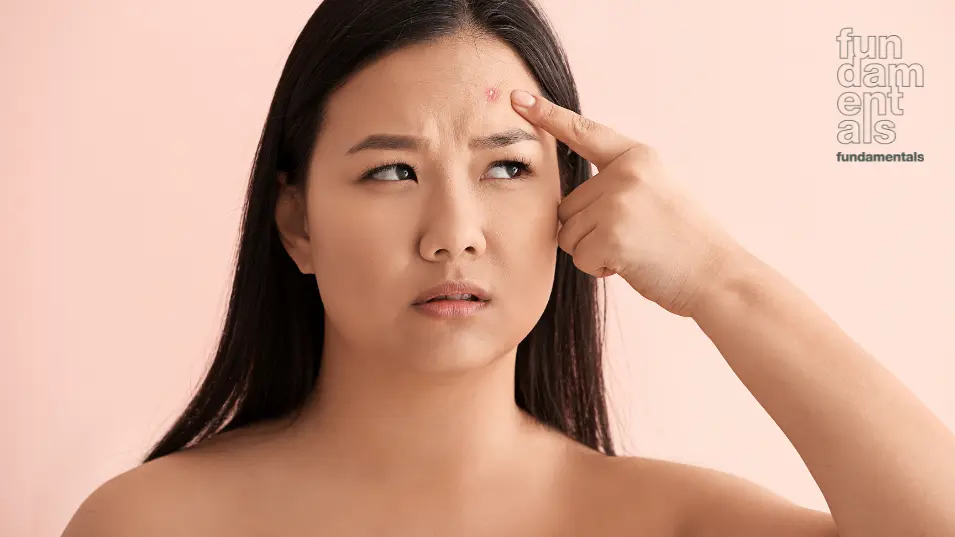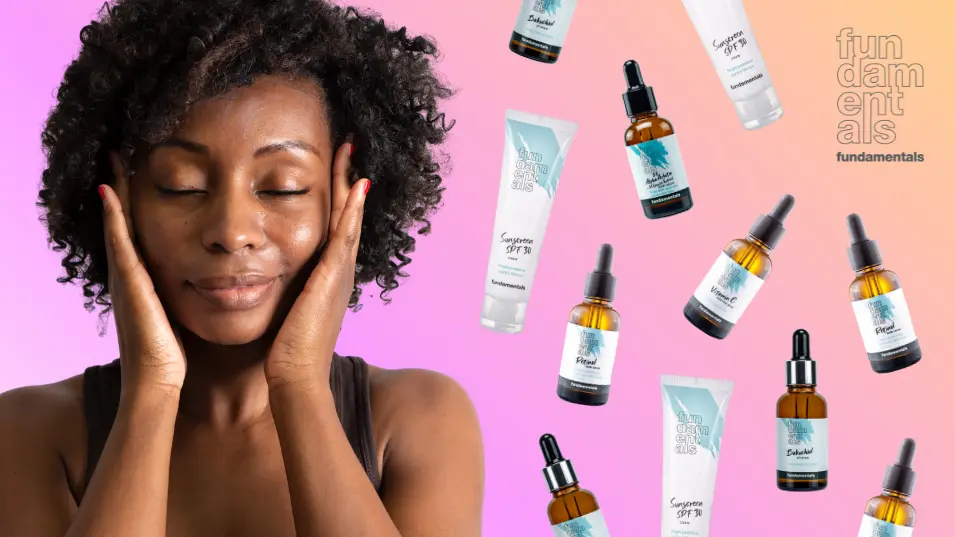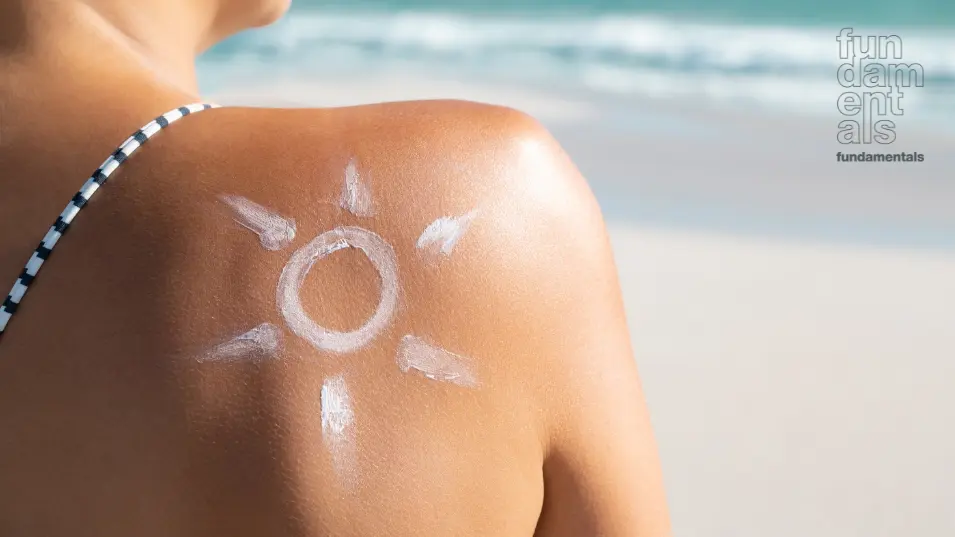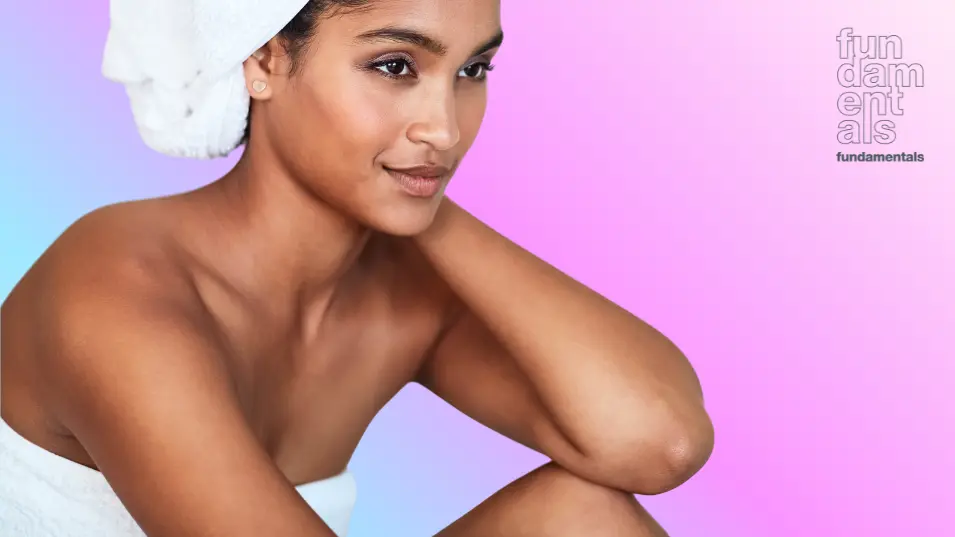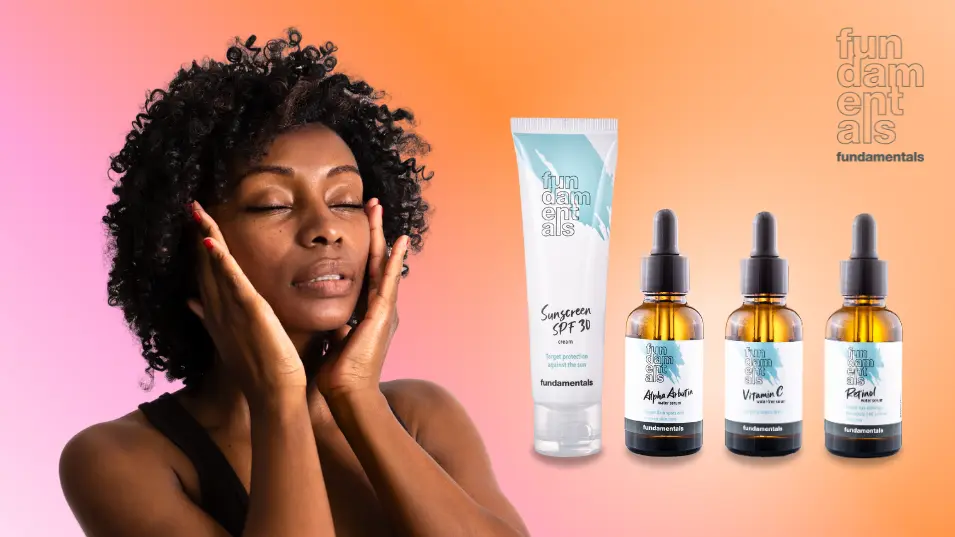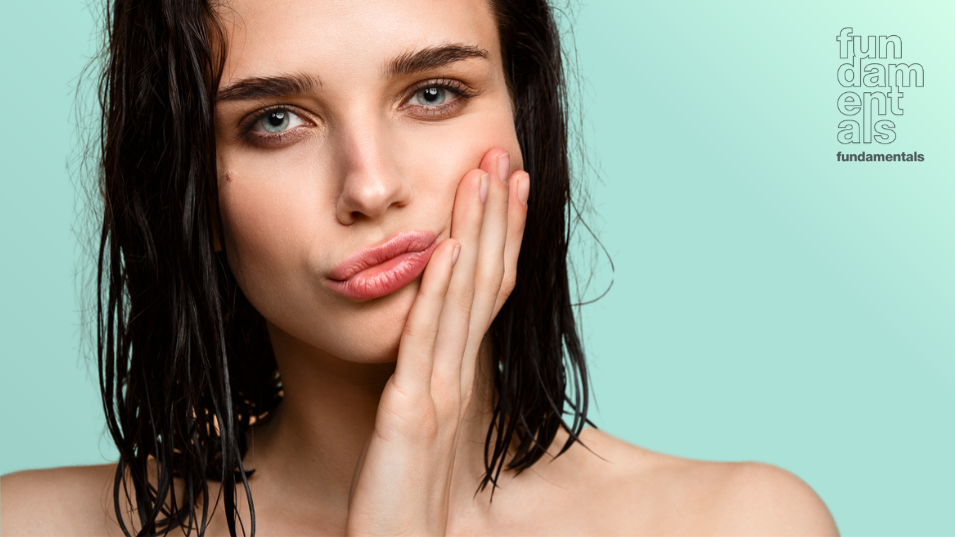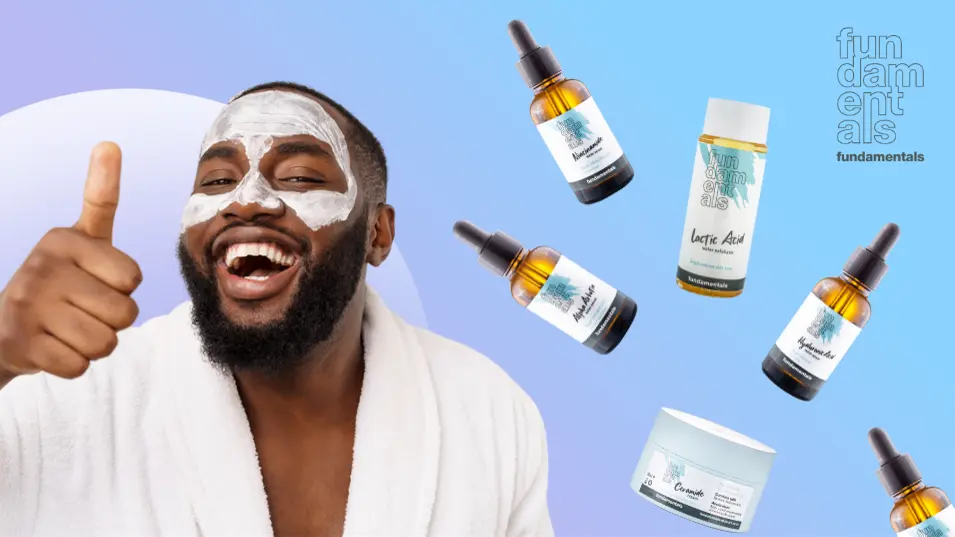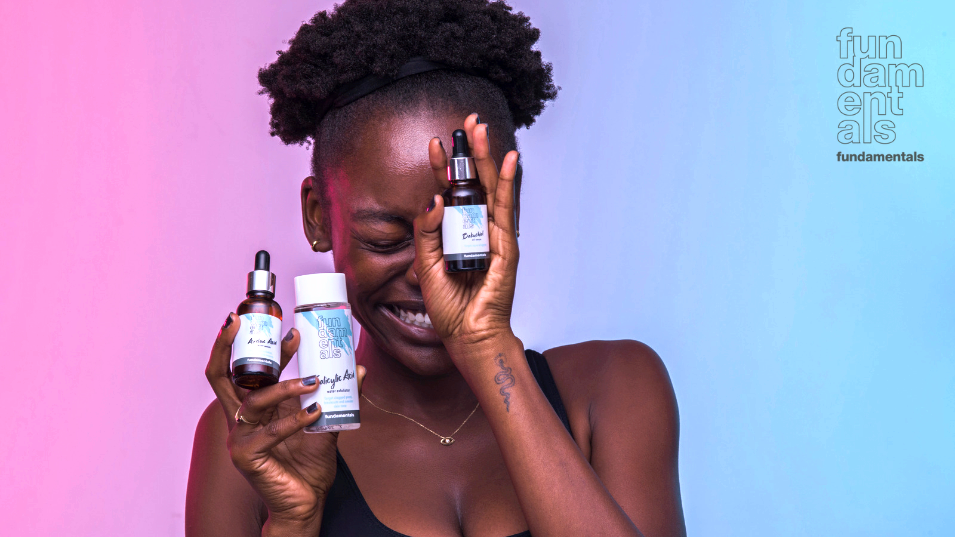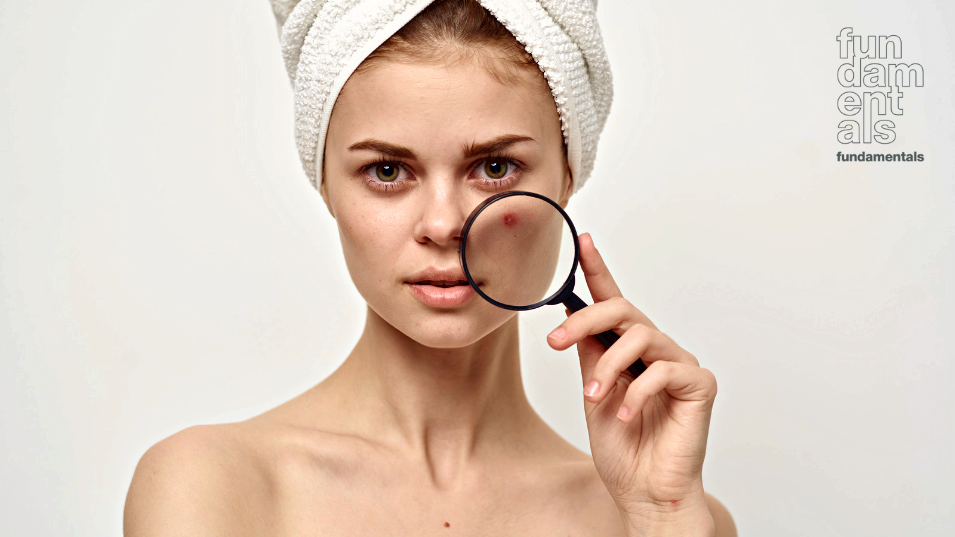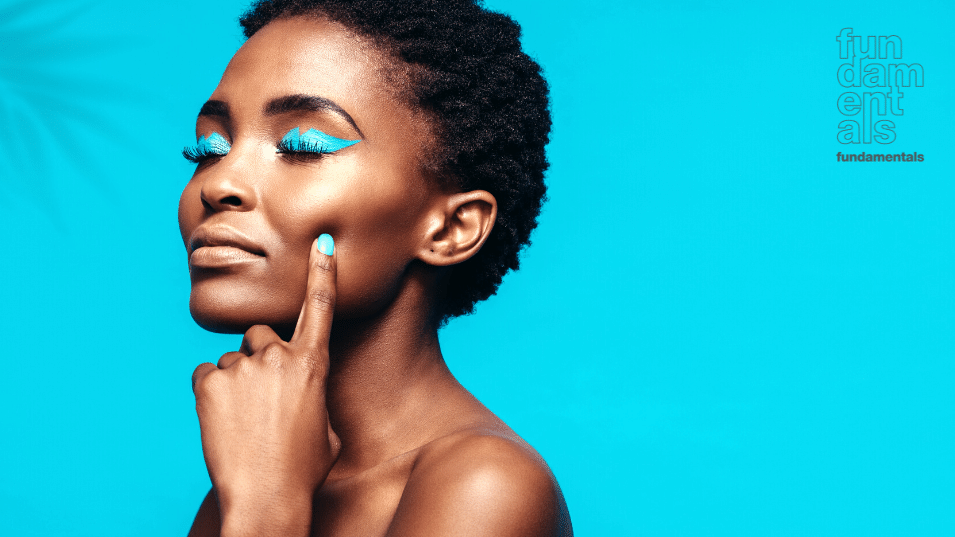If there’s one thing you can count on as a teen or as a parent of a teen, it’s acne. More than 85% of teenagers have this common skin problem, which is marked by clogged pores (whiteheads, blackheads), painful pimples, and, sometimes, hard, deep lumps on the face, neck, shoulders, chest, back, and upper arms. Acne can be related to diet, hormones, environment and even genetics. However, this does not mean that acne is not treatable. Dealing with acne is one thing and treating acne scarring is another. The good news for you parents out there – is that there are many ways to manage (and treat) acne today to keep the condition minimal, prevent scarring, and leave your skin glowing.
Natasha Davel from Fundamentals Skincare sympathises with parents who have a teen struggling with acne. “It can be overwhelming especially if you do not know where to start. Here is our golden tip for all parents: before you start your teen on any treatment, it is important to differentiate between acne and other conditions that may look similar, such as ingrown hairs. Treating acne should be done gently to prevent further irritation and dryness, which can worsen dark spots and scarring. Topical retinoids and benzoyl peroxide can help clear pores and reduce inflammation.”
To start you and your teen on your journey from cause to cure heavily consists of proper diagnosis and understanding your skin and its triggers. Dermatologists recommend considering the below before embarking on your journey to clear looking skin:
Knowing the types of acne in order to identify which one you suffer from.
- Pimples (pustules): Pus-filled bumps (papules);
- Papules: Small, discoloured bumps, often red to purple or darker than your natural skin tone;
- Blackheads: Plugged pores with a black top;
- Whiteheads: Plugged pores with a white top;
- Nodules: Large lumps under your skin that are painful;
- Cystic: These are large, red boils developing from deep under the skin. They are pus-filled lesions that look similar to boils.
Now, that you know the different types of acne, you might be wondering how do you go about treating it. Here are basic guidelines to help keep the stress off:
- Acne such as pimples, papules, blackheads and whiteheads are common and can appear anywhere on the body. They can be caused by clogged pores, hormones, environmental triggers and diet. This can be treated with the correct skincare products and consistent care. Look for skincare that contains Ingredients such as Niacinamide, Retinoids, Azelaic Acid and Salicylic Acid.
- Acne such as nodules and cystic acne is mostly hormonal and are not caused by any skincare products or environmental factors. These appearances mainly show themselves on your jawline and chin and can be very painful. To effectively treat this kind of acne you should seek professional help.
Now that you have identified your acne and started treating them effectively, you will probably be left with post-acne marks and pigmentation. This happens because your skin cells react to damage or irritation by making extra melanin, post-inflammatory hyperpigmentation is the result. This skin condition shows up as tan, brown, dark brown, or even blue-gray patches and spots on your skin.
Your best bet in treating this skin condition is to use products with active ingredients suitable to your skin type to help fade away your post-acne scars. Look for products that have alpha hydroxy acids (AHAs), beta hydroxy acids (BHA’s), retinoids, niacinamide, alpha arbutin and azelaic acid. Remember to also apply a high SPF to the area daily to avoid further damage to the skin.
While these ingredients are recommended for post-acne marks, it is not an immediate cure. Consistency and patience are also vital to see results. It may take two to three months of daily use before you start seeing results. Acne may worsen before it gets better. Monitor your skin, if a treatment works for you, you should notice some improvement in eight to twelve weeks.
Once your acne is significantly cleared, though, you may be able to cut back on your treatments. For example, instead of applying your salicylic acid three times weekly, you may be able to scale back to a once-a-week application, but don’t stop entirely as acne can return.
Can I Prevent Acne?
Here are some tips that may help control acne:
- Don’t over-wash or use harsh scrubs. Acne is not caused by dirt. Two gentle washings a day is enough. Too much cleaning can leave skin irritated and dry, triggering glands to produce more oil, increasing the likelihood of pimples.
- Use oil-free or noncomedogenic products (those that won’t clog pores) on your face.
- Don’t squeeze or pick blemishes. Popping pimples can drive acne bacteria deeper into the skin. Picking can lead to more inflammation and permanent scarring.
- Don’t let acne define who you are. Do what you can to improve your skin, working with a dermatologist, if necessary, and keep doing the things you enjoy.
“Keep your skin clean. Gently wash your face up to twice daily and after sweating. Choose a gentle, non-abrasive cleanser, choose the right skin care, stick to your treatment with consistency for a minimum of 12 weeks, keep your hands off and stay out of the sun and tanning beds,” added Davel.
Visit www.fundamentals-skincare.co.za and shop the perfect acne bundles for kids and specific breakout products for you.
Find us on Instagram, Facebook and Tik Tok @fundamentals_skincare #imperfectskinisperfect™


